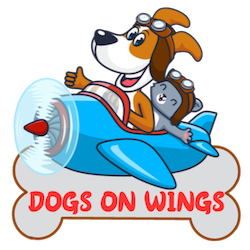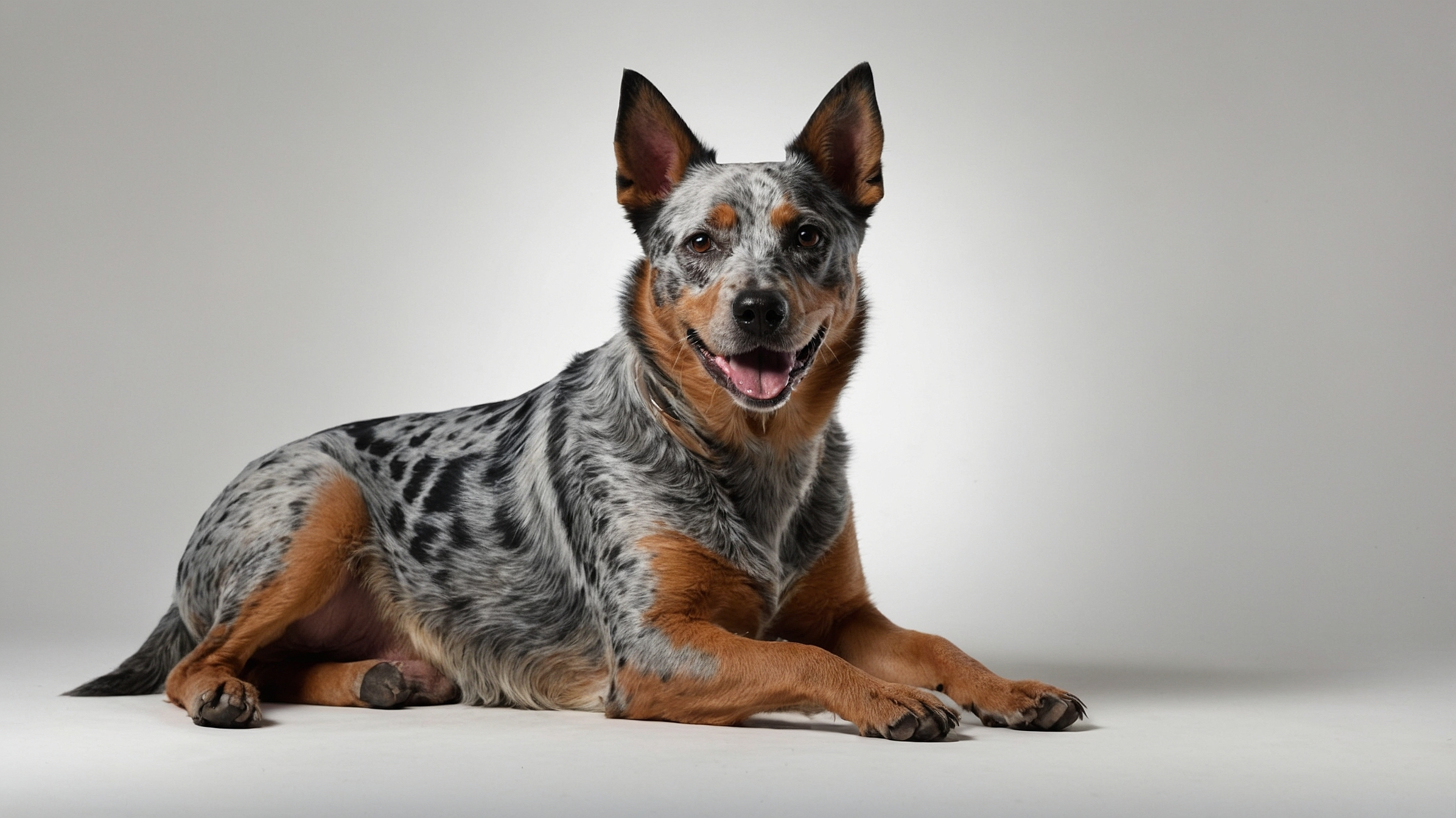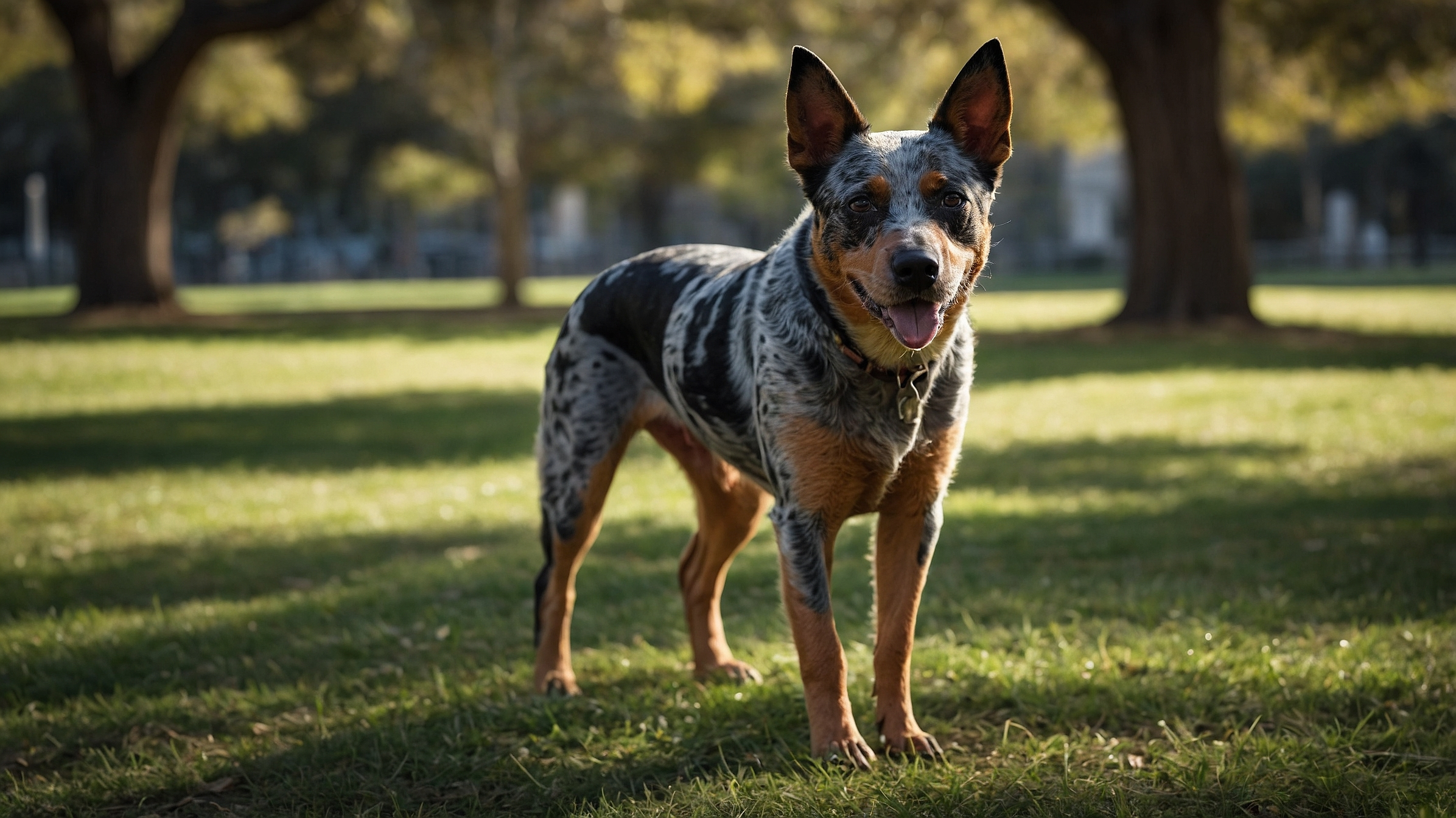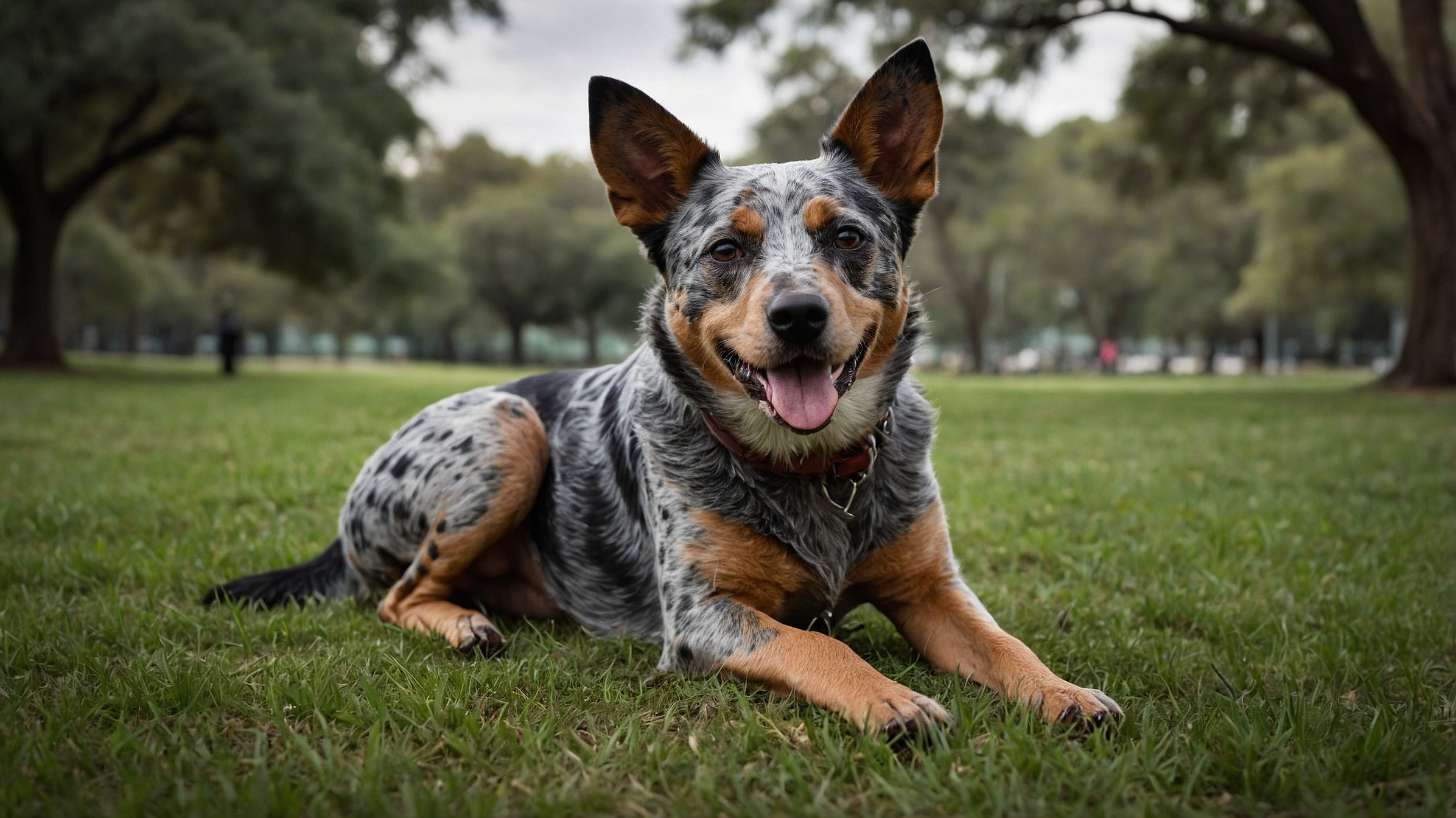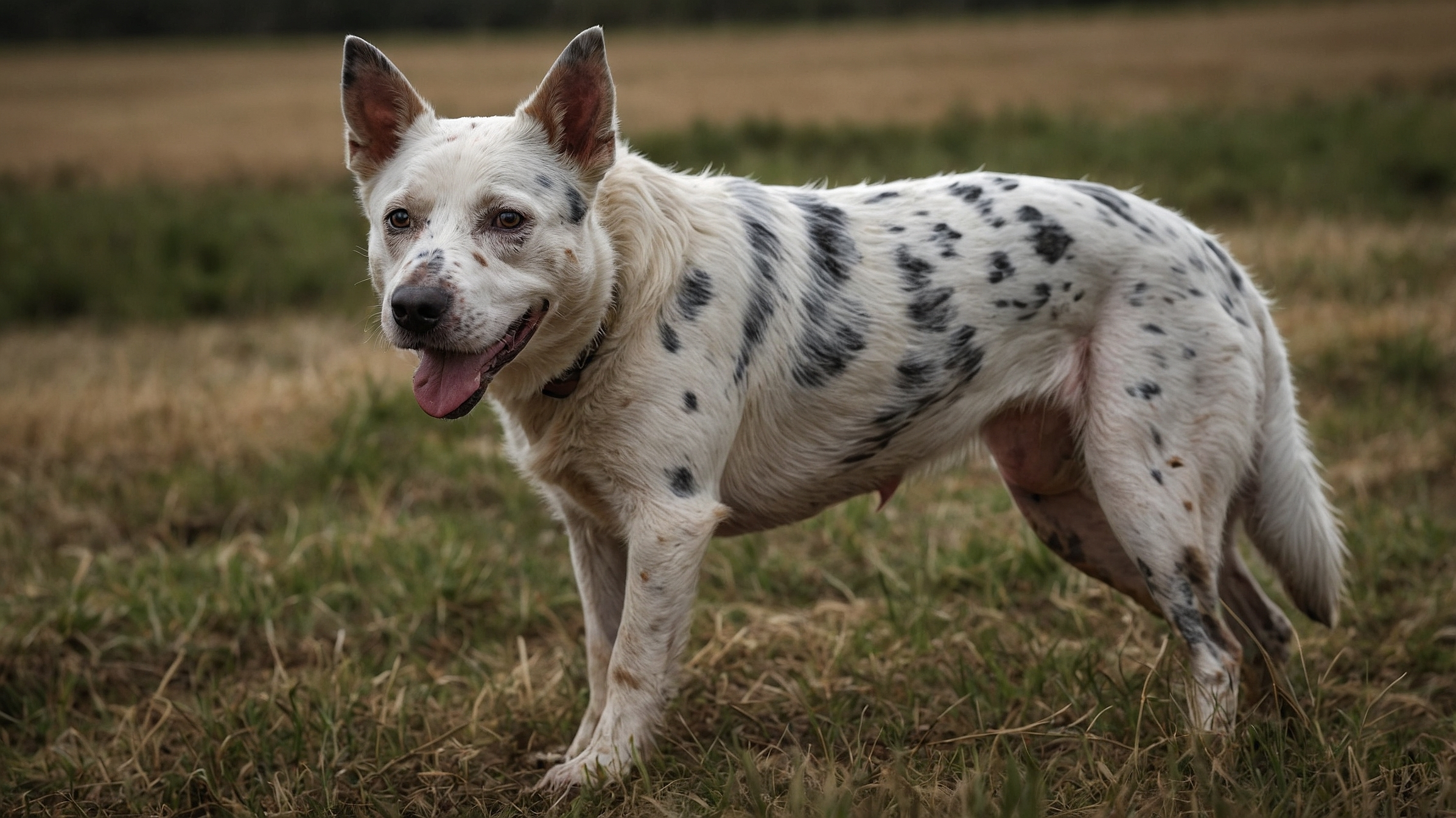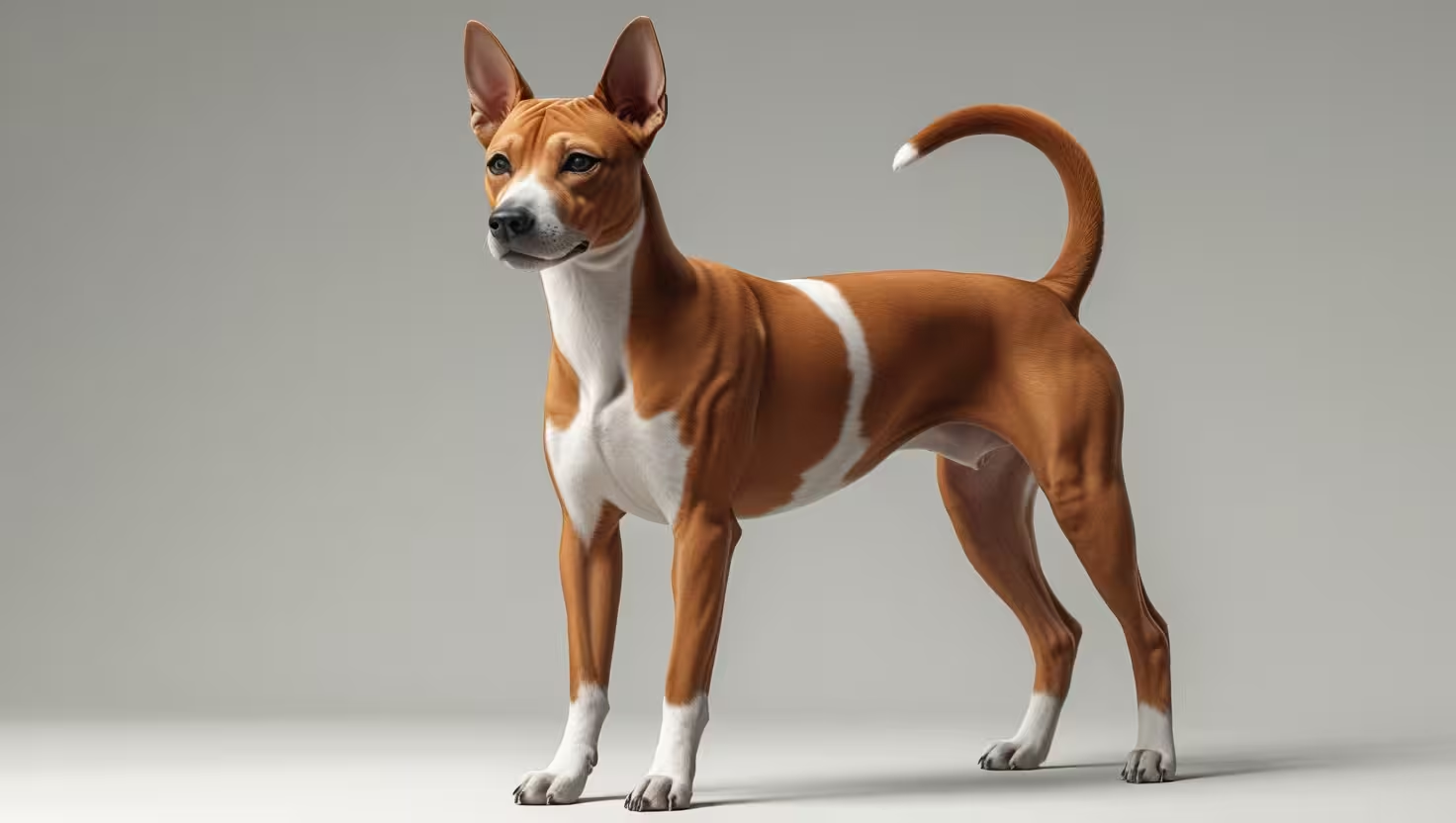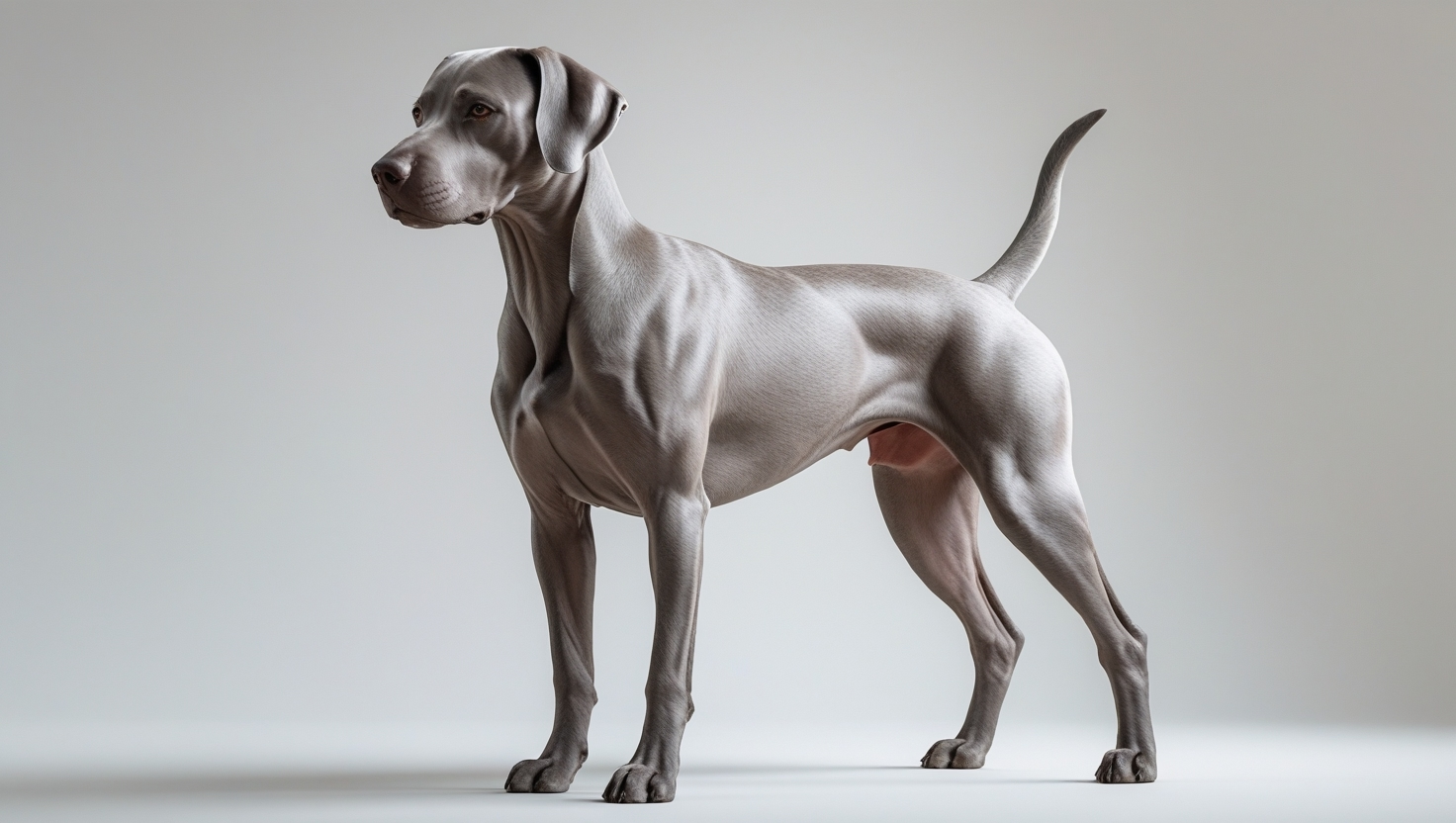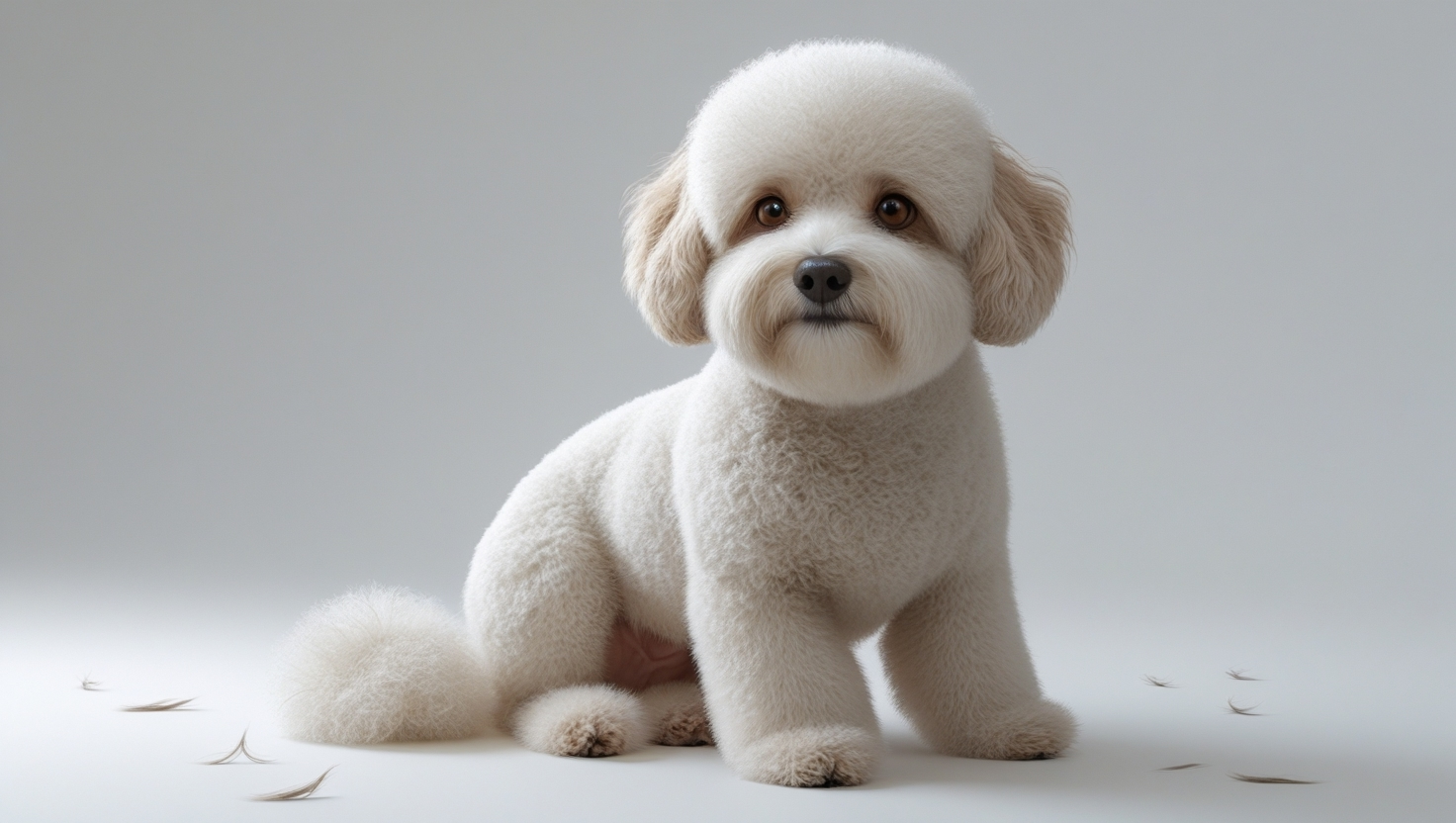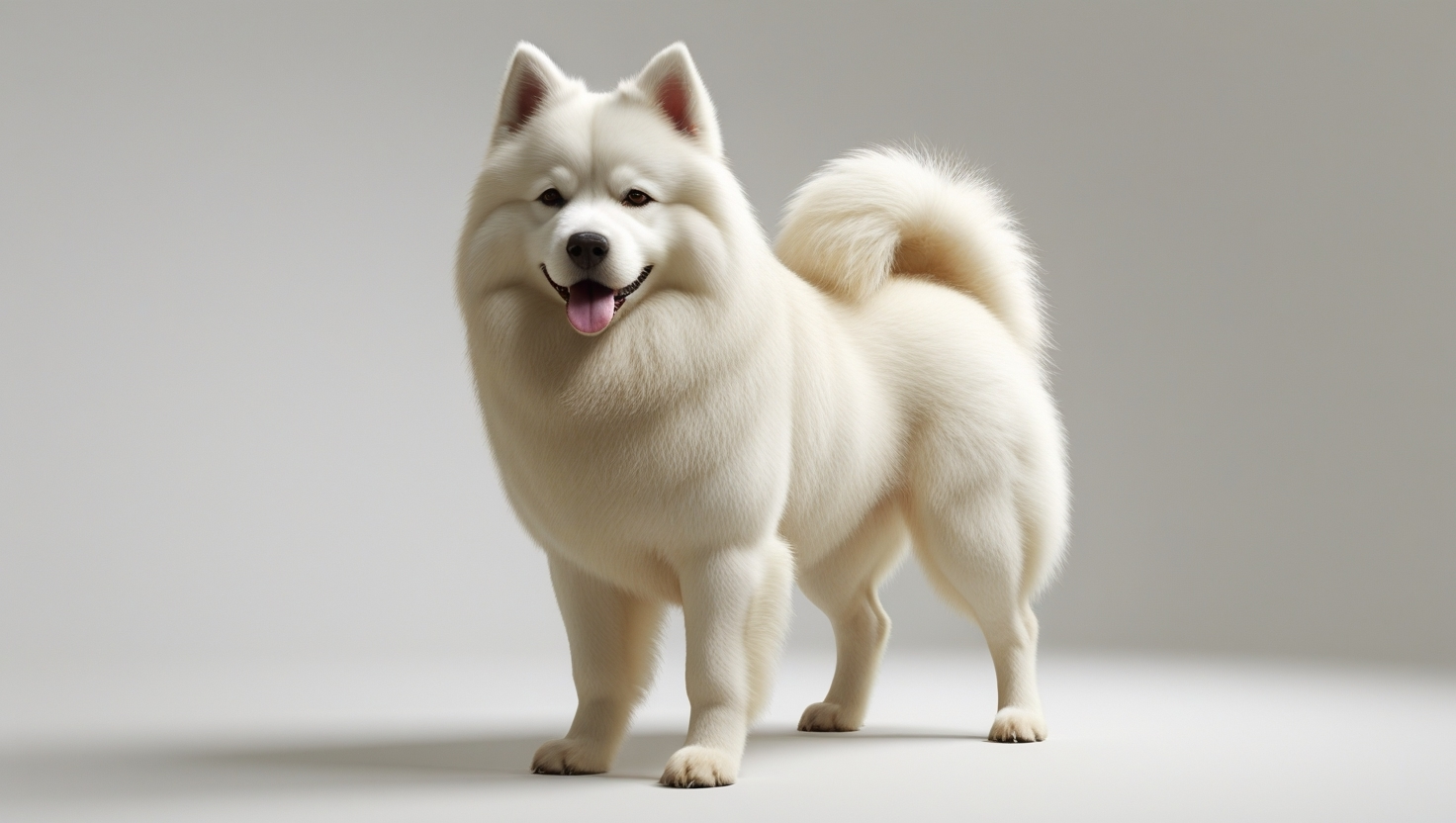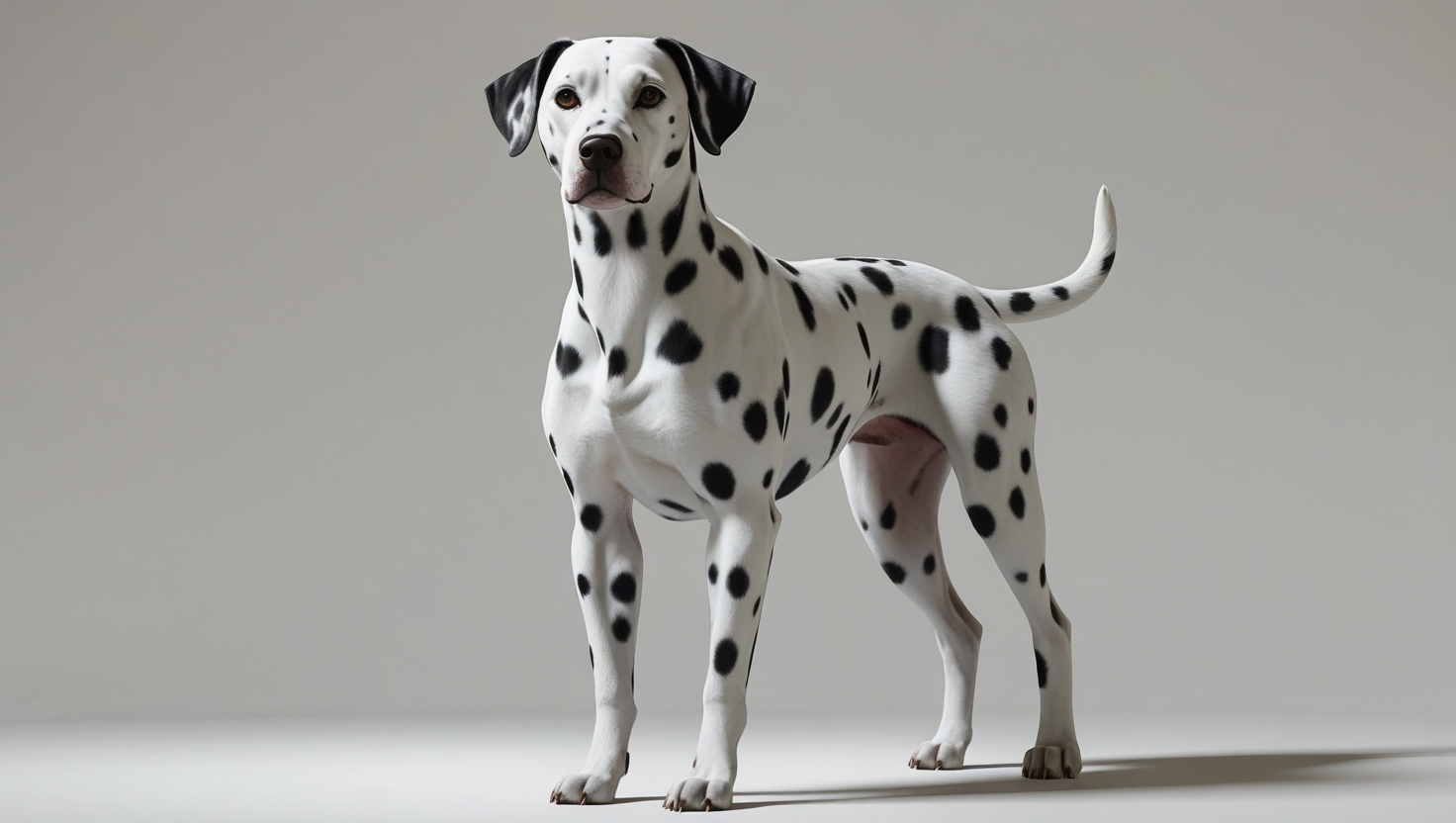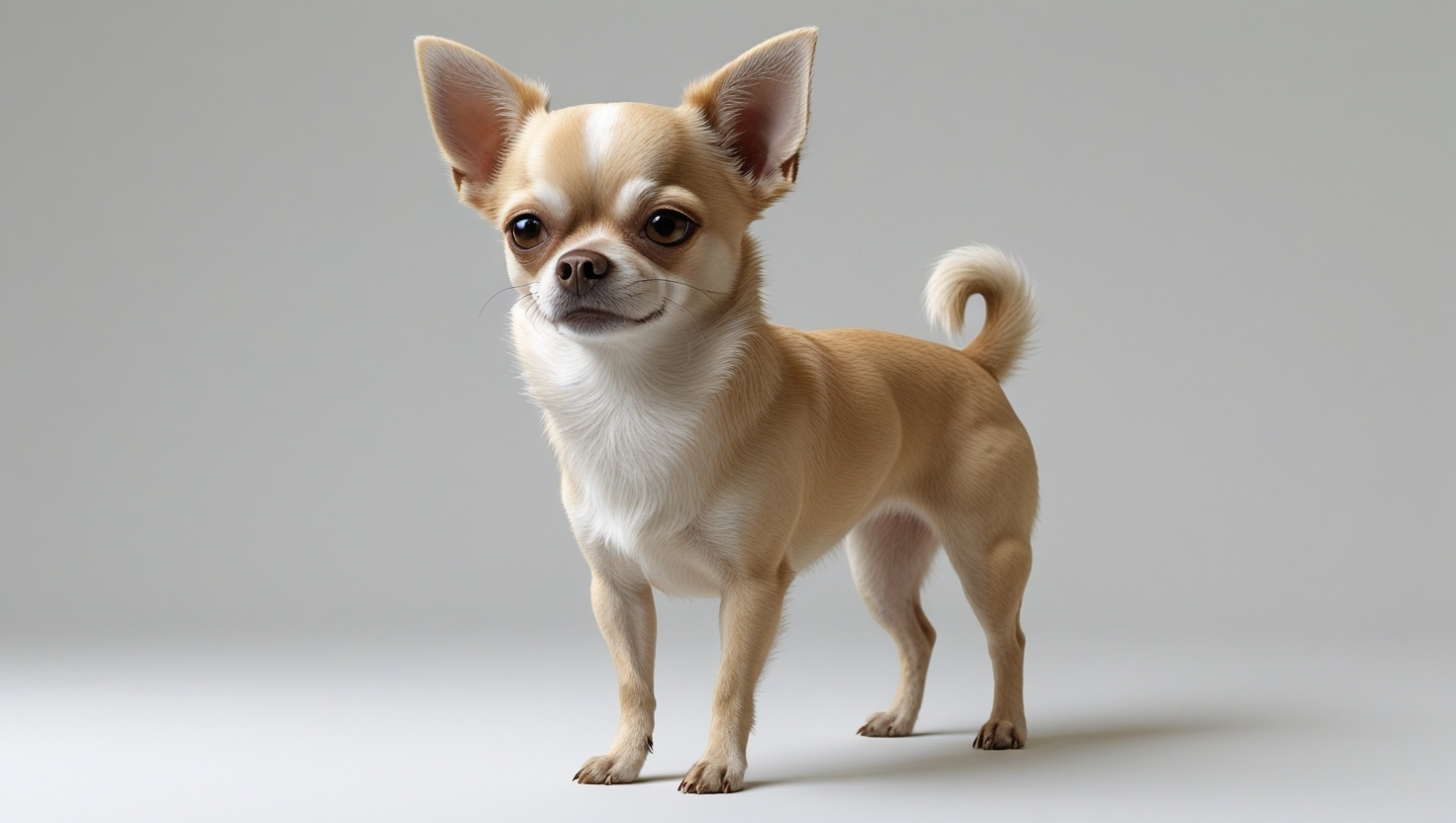Australian Cattle is the kind of dog that combines energy, intelligence, and plenty of drive. Originating from Australia, it was bred to herd cattle in tough conditions. Today, it’s not just a hard worker but also a super loyal companion.
With its blue or red speckled coat, its unique look catches the eye, but it’s the personality that wins hearts. These dogs are protective, smart, and always ready for a new adventure. They just need plenty of activity to burn off energy and stay happy.
Curious to learn more about what makes the Australian Cattle so special? Dive in to discover everything about its traits, history, and why it might be the perfect partner for an active lifestyle!
